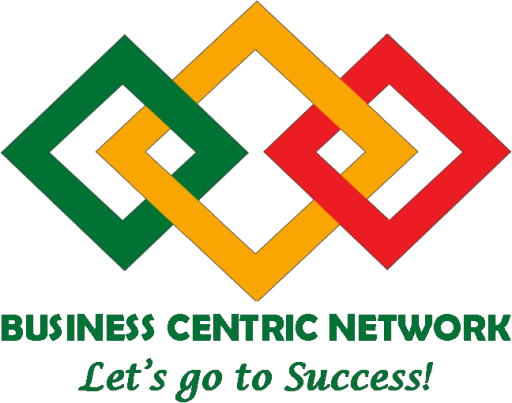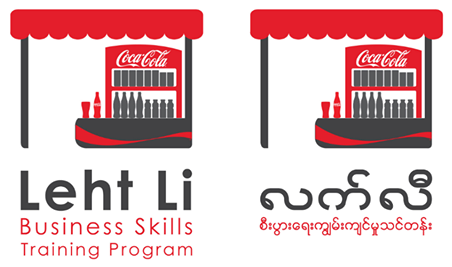The rest of the picture
Emerging technologies, new business models, changing customer behaviors and difficult economic conditions are forcing executives everywhere to fundamentally rethink the way they operate.
And, as the business context evolves, so too do the skills and capabilities required to successfully operate within it. Simply put, real business value can only be generated if organizations have the right people in the right place at the right time. However, it’s not just about being in the right place at the right time, but knowing what to do when you find yourself there.
The reality is that few organizations have taken the necessary steps to ensure that their employees are well equipped to meet the shifting needs of the market and the organization, which means that it’s likely they are not unlocking their full potential. At Silver Lining Solutions, we believe that the time has come for CXO’s to start ‘architecting’ employee performance management strategies and practices in a way that drives positive business outcomes.
Right SKILLS, right time
If you understand which skills positively impact business performance, you can focus your efforts on replicating them – saving you time and money in the process. Knowing this shouldn’t be ‘guess work’ – and some fairly sophisticated analytics are required – but to get you on the right track, here are the key steps you need to follow:
1. Understand what you’ve got
Start by benchmarking your existing employee base: knowing what skills and knowledge your employees have is crucially important before analysis can be used to understand their links to positive business performance. There are many ways for employees to be benchmarked depending on their role and sector, but typical measures could be based on one or many of a number of performance data sources, including sales figures, quality management scores, length of service and tasks performed, for example. The key is that they are values which can be analyzed at any time and they must be common amongst groups that require comparison. It’s worth considering specialist performance optimization solutions that take data feeds from multiple data sources.
2. Decide what’s important
Have a clear goal or objective: this is very important as it drives the direction of any analysis and helps formulate the desired outcomes. Without clear goals or objectives it is difficult to achieve a real performance gain as you don’t really know what you’re looking for or want to achieve! Once you’re clear, then analytics should be used to find the causal factors that are driving the desired business outcomes.
3. Link what you’ve got to what you want
As a first step, establish validated links between employees’ skill and knowledge levels and the best business outcomes, then triangulate this with the desired organizational goals and objectives. Use available data and analytics to inform and agree the definition of ‘best performance’ that most accurately fits the organization, its goals and objectives.
4. Find and fill gaps
Use analytics to compare individual employees, find where skills gaps are and unearth trends in skill improvement and related business objective improvement. The outputs of this analysis should then be used to make sensible decisions about what development is required: specifically what, who and when, rather than the common ‘sheep dip’ approach to training and development. Model data to show where investment will have the most impact and set your performance optimisation strategies accordingly.
5. Test and refine
Perform cyclic measurement and analysis to make sure you continue to take relevant, focused actions that maintain positive performance improvements. This use of analytics over the longer term ensures that companies continue to invest in the right areas based on measured, focused, repeatable proven patterns of improvement rather than perceived areas of need.
A continuous (and profitable) journey
Performance optimization should be a continuous journey and not a standalone initiative. As individuals improve, and as a result the organization’s performance improves, continual analysis will show the measurable link between employee and business performance. It will also show how these drivers of positive outcomes change over time as the bar gets raised ever higher and will allow you to create a focused, continual performance optimization platform that equips your employees with the all the relevant resources and allows you to understand the return on investment of learning and development initiatives.
To conclude, it’s clear that the time has come for organizations to put substance behind the phrase ‘people are our most important asset’ and genuinely deliver right SKILLS, right place, right time!
Source: https://www.icmi.com/



